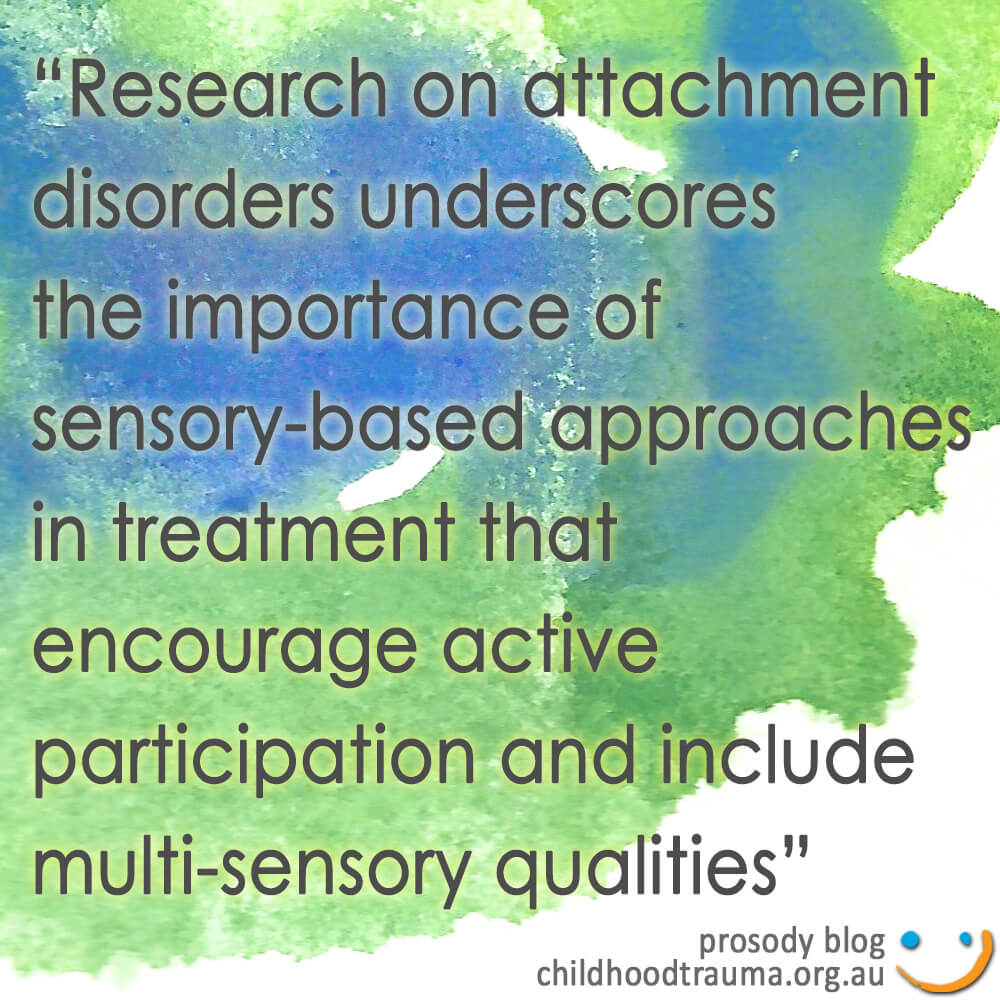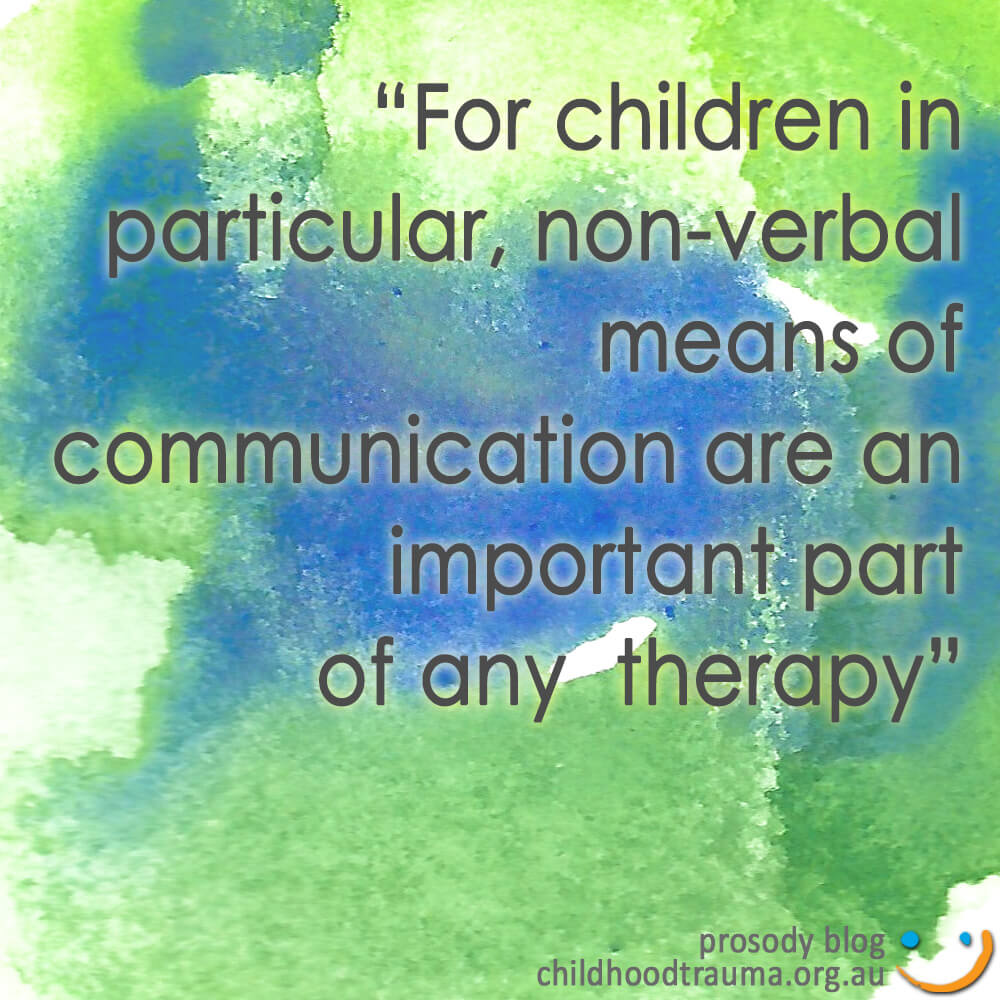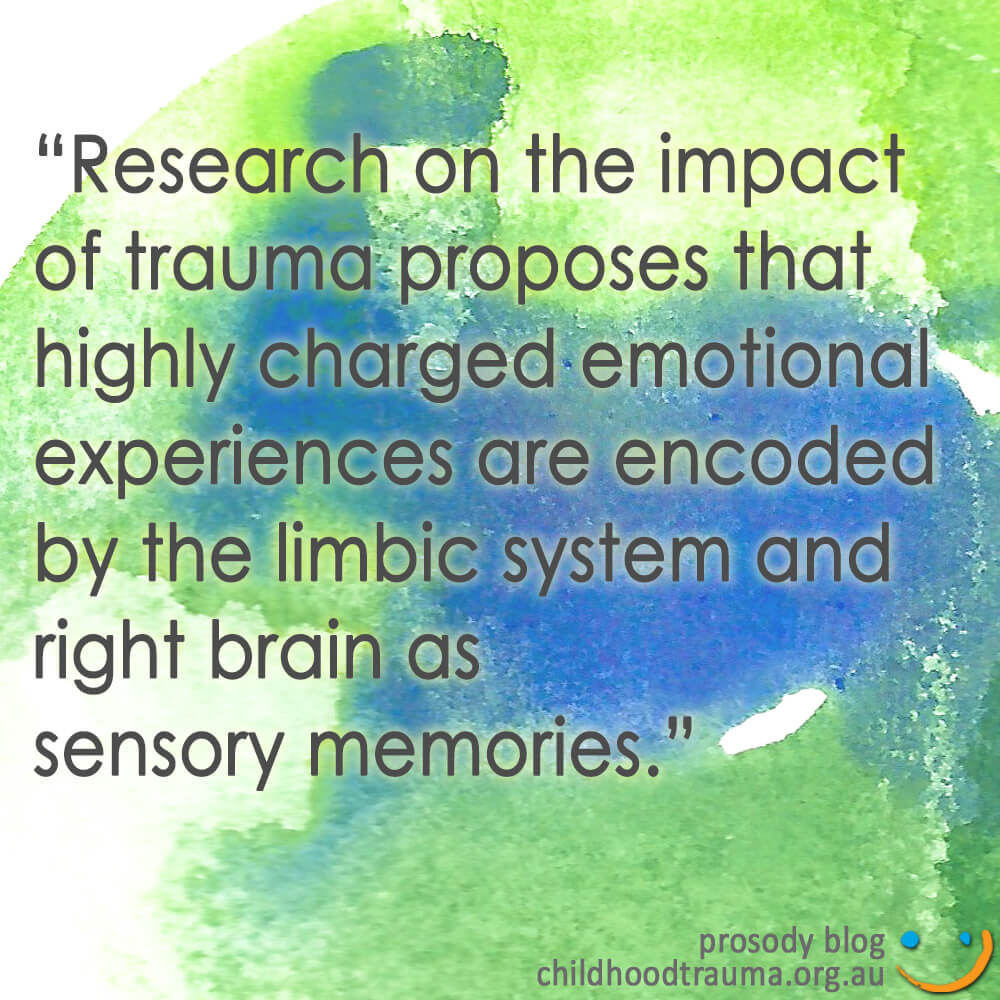
An interview with Cathy Malchiodi – Part 2
Cathy Malchiodi has been at the forefront of exploring how different forms of creative interventions can support children, young people and their carers/families. She is the author of several books including ‘Creative Interventions with Traumatised Children’.
In December last year, we published the first of a two-part interview with Cathy Malchiodi. A leading international expert, syndicated writer, and educator in the fields of art therapy, expressive arts and arts in healthcare. She is a research psychologist, a Board Certified and Licensed Professional Art Therapist, Registered Expressive Arts Therapist, and Licensed Professional Clinical Counsellor, with over 25 years of experience and education in trauma intervention and disaster relief and integrative approaches to health.
We can’t wait to hear from her personally in her Australian speaking tour this June, but it the meantime I thought we would share part two of her interview with you all. Here, Cathy is continuing her answer to the question “What is the neuroscience behind creative and art therapies”, specifically discussing research around sensory based interventions, non-verbal communication and right hemisphere dominance.
Sensory-based interventions and their role in creative arts therapies
First and foremost, the creative arts therapies provide sensory experiences; that is, they are predominantly activities that are visual, kinesthetic, tactile, olfactory and auditory in nature. In fact, each creative arts therapy is multi-sensorial; for example, music therapy not only involves sound, but also includes vibration, rhythm and movement. Dramatic enactment may include vocalization, visual impact, and other sensory aspects. Dance/movement therapy encompasses a variety of body-oriented sensations and art therapy is not limited to images because it also provides a variety of tactile and kinesthetic experiences.
 Research on attachment disorders underscores the importance of sensory-based approaches in treatment that encourage active participation and include multi-sensory qualities. Perry (2008) presents a neurodevelopmental perspective, the essential role of sensory-based experiences in early childhood, and how they enhance secure attachment, affiliation with others, empathy and self-regulation. He observes that our history as a human species has always included wellness practices such as holding each other, engaging in dance, song, image creation, and storytelling, and sharing celebrations and family rituals. These actions were used in early healing practices and, according to Perry, are now known to be effective in altering neural systems involved in stress responses and developing secure attachment. Similarly, the arts therapies are normalizing experiences for children and trauma-informed practices in that they involve experiences that children in all cultures recognize.
Research on attachment disorders underscores the importance of sensory-based approaches in treatment that encourage active participation and include multi-sensory qualities. Perry (2008) presents a neurodevelopmental perspective, the essential role of sensory-based experiences in early childhood, and how they enhance secure attachment, affiliation with others, empathy and self-regulation. He observes that our history as a human species has always included wellness practices such as holding each other, engaging in dance, song, image creation, and storytelling, and sharing celebrations and family rituals. These actions were used in early healing practices and, according to Perry, are now known to be effective in altering neural systems involved in stress responses and developing secure attachment. Similarly, the arts therapies are normalizing experiences for children and trauma-informed practices in that they involve experiences that children in all cultures recognize.
Siegel offers another perspective that clarifies the role of the creative arts therapies in treating attachment disorders from a sensory perspective. He cites the importance of “critical micromoments” of interaction with clients that include the client’s tone of voice, postures, facial expressions, eye contact, and motion that he believes provide clues to the individual’s psychobiology. These sensory-based cues become particularly important in identifying and formulating strategies for addressing disrupted, insecure or disorganized attachment. Siegel also proposes the use of experientially-based methods such as drawing to help individuals become aware of sensations, emotions, images and relationships.
The importance of non-verbal communication
Nonverbal communication is our most basic form of communication and it is how caregiver and infant initially connect in those first years of life. While most creative arts therapies involve talk, they are also defined as non-verbal approaches because self-expression through an activity becomes a major source of communication. For children in particular, non-verbal means of communication are an important part of any therapy because children do not always have the words to accurately convey feelings and experiences.
Because thoughts and feelings are not strictly verbal and are not limited to storage as verbal language in the brain, expressive modalities are particularly useful in helping individuals communicate aspects of memories and stories that may not be readily available through conversation. Memories in particular have been reported to emerge through touch, imagery, or carefully guided body movements. For some individuals, conveying a memory or story through one or more expressive modality is more easily tolerated than verbalization. For example, children who have been severely traumatized may repeat experiences through play or art activity when the trauma memories are particularly complex or overwhelming. Additionally, non-verbal expression through a painting, play activity, imaginative role-play, or movement may be a corrective experience, in and of itself, for some individuals.
language in the brain, expressive modalities are particularly useful in helping individuals communicate aspects of memories and stories that may not be readily available through conversation. Memories in particular have been reported to emerge through touch, imagery, or carefully guided body movements. For some individuals, conveying a memory or story through one or more expressive modality is more easily tolerated than verbalization. For example, children who have been severely traumatized may repeat experiences through play or art activity when the trauma memories are particularly complex or overwhelming. Additionally, non-verbal expression through a painting, play activity, imaginative role-play, or movement may be a corrective experience, in and of itself, for some individuals.
Right hemisphere dominance – why does it matter to how we work with children?
In the field of attachment, it is widely accepted that what happens early in life in terms of relationships impacts brain development and is essential to secure attachment. Neuroplasticity (also called brain plasticity) is the ability of the brain to renew and, in some cases, to even rewire itself to compensate for deficits or injuries. Brain plasticity is more easily accessible early in life, underscoring the importance of appropriate intervention with young children in order to not only enhance attachment, but also to support the development of appropriate affect regulation, interpersonal skills, and cognition.
The right hemisphere of the brain is particularly active during early interactions between very young children and caregivers and that stores the internal working model for attachment relationships and affect regulation. Interactions between baby and caretaker are right-brain mediated because during infancy the right cortex is developing more quickly than the left. Just as the left hemisphere requires exposure to language to grow, the right hemisphere requires emotional stimulation to develop properly. Researchers propose that the output of the right brain is expressed in “non-word-based ways” such as drawing a picture or using a visual image to describe feelings or events.
 Research on the impact of trauma proposes that highly charged emotional experiences are encoded by the limbic system and right brain as sensory memories. Consequently, expression and processing of these memories on a sensory level is an important part of successful intervention. Current thinking about trauma supports the effect of childhood trauma on right-left brain integration and that more sensory-based interventions be effective because they do not rely on the individual’s use of left-brain language for processing and are predominately right-brain driven.
Research on the impact of trauma proposes that highly charged emotional experiences are encoded by the limbic system and right brain as sensory memories. Consequently, expression and processing of these memories on a sensory level is an important part of successful intervention. Current thinking about trauma supports the effect of childhood trauma on right-left brain integration and that more sensory-based interventions be effective because they do not rely on the individual’s use of left-brain language for processing and are predominately right-brain driven.
We hope you’ve enjoyed this interview with Cathy. Her 25 years of experience certainly show in the answers she has shared with us, and we’re looking forward to learning more in a few months’ time. If you haven’t already registered and would like to participate in one of her workshops we recommend getting in quick as several states are now very close to capacity. You can find out more here.
